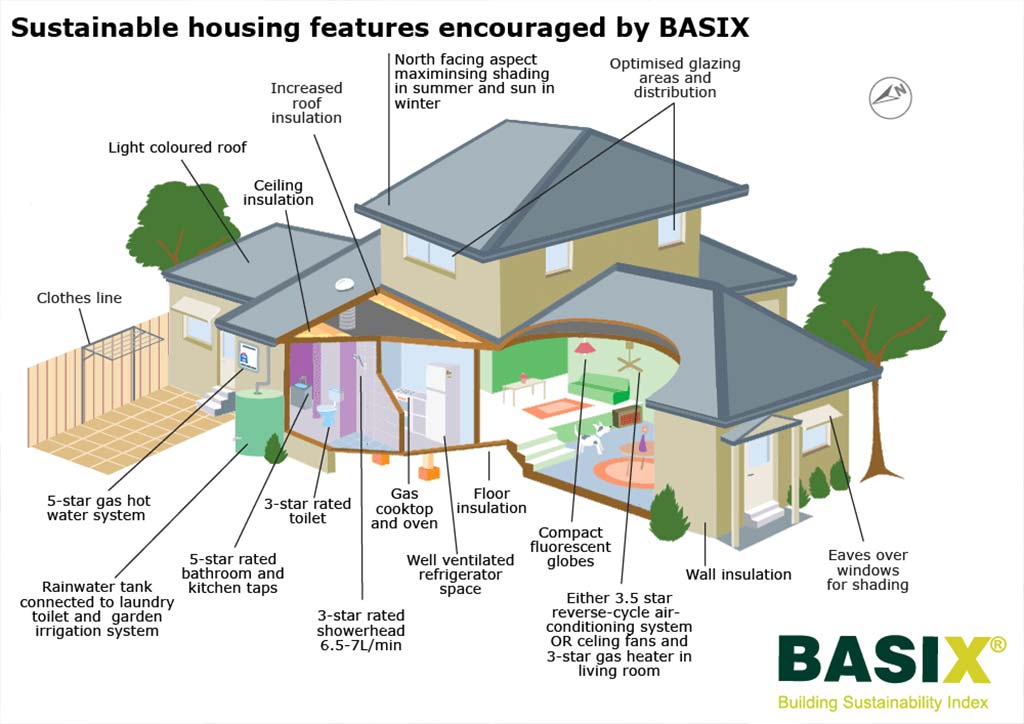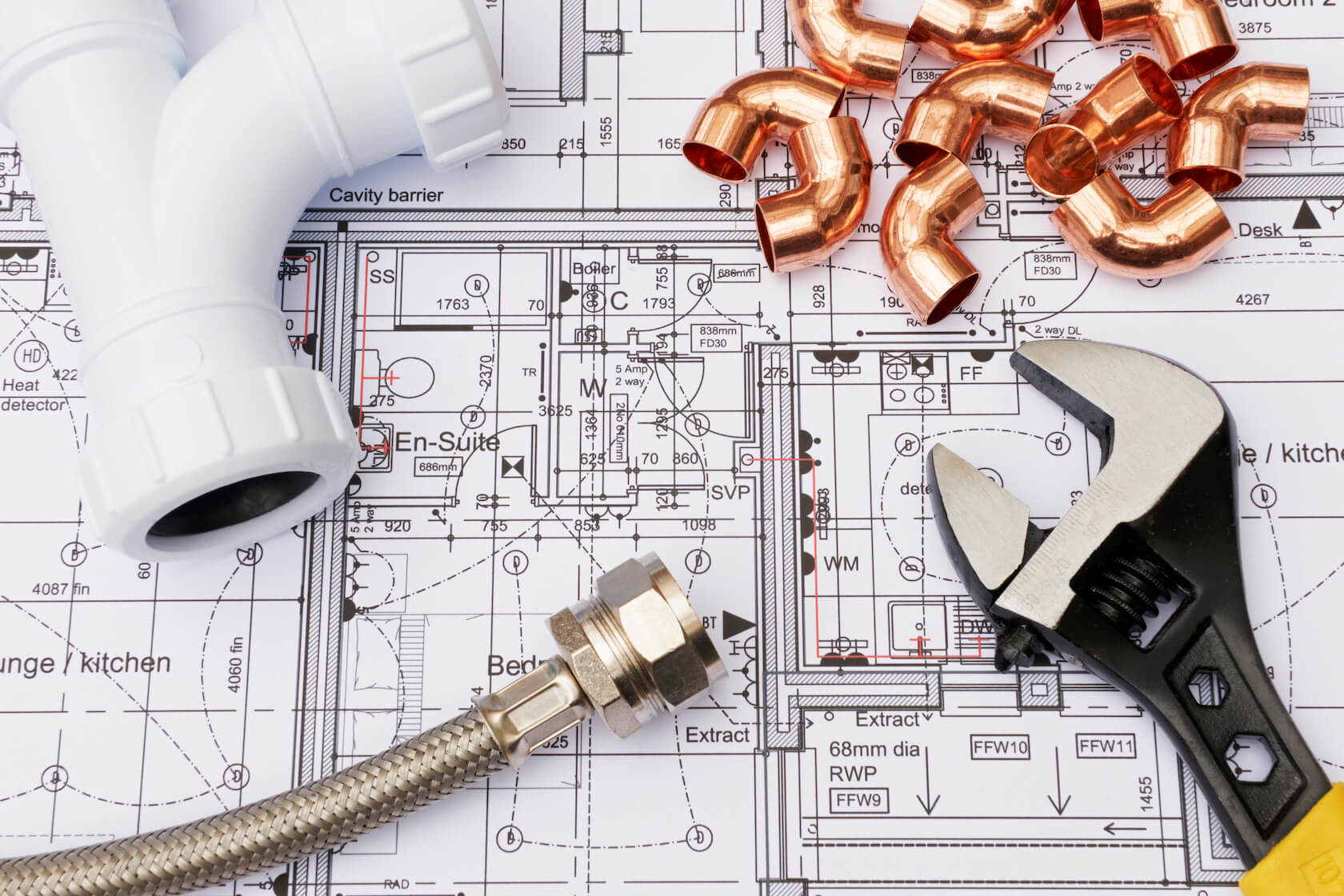We have unearthed this great article relating to Understanding Your Home's Plumbing Anatomy directly below on the net and think it made sense to quickly share it with you on this page.

Understanding how your home's pipes system functions is vital for every homeowner. From supplying clean water for drinking, food preparation, and showering to safely removing wastewater, a properly maintained plumbing system is crucial for your family members's wellness and comfort. In this thorough overview, we'll explore the detailed network that comprises your home's plumbing and deal ideas on maintenance, upgrades, and handling usual problems.
Introduction
Your home's pipes system is more than simply a network of pipes; it's a complex system that guarantees you have access to clean water and reliable wastewater removal. Recognizing its elements and how they collaborate can aid you stop costly fixings and guarantee everything runs smoothly.
Standard Parts of a Pipes System
Pipes and Tubing
At the heart of your plumbing system are the pipes and tubes that carry water throughout your home. These can be made from various products such as copper, PVC, or PEX, each with its advantages in regards to resilience and cost-effectiveness.
Components: Sinks, Toilets, Showers, etc.
Components like sinks, toilets, showers, and bath tubs are where water is used in your house. Recognizing how these components connect to the pipes system assists in diagnosing issues and intending upgrades.
Valves and Shut-off Factors
Valves manage the circulation of water in your plumbing system. Shut-off shutoffs are crucial during emergency situations or when you need to make repair work, permitting you to isolate parts of the system without interrupting water circulation to the whole home.
Water Supply System
Main Water Line
The primary water line attaches your home to the community supply of water or an exclusive well. It's where water enters your home and is distributed to different components.
Water Meter and Stress Regulator
The water meter procedures your water use, while a stress regulator guarantees that water moves at a secure stress throughout your home's plumbing system, avoiding damages to pipelines and fixtures.
Cold Water vs. Hot Water Lines
Comprehending the difference in between cold water lines, which provide water directly from the primary, and warm water lines, which carry heated water from the water heater, assists in repairing and preparing for upgrades.
Drainage System
Drain Pipes Pipes and Traps
Drain pipes bring wastewater far from sinks, showers, and commodes to the sewage system or septic tank. Traps prevent drain gases from entering your home and likewise catch particles that can create obstructions.
Air flow Pipes
Ventilation pipes permit air into the drainage system, avoiding suction that might slow down drain and trigger catches to vacant. Correct air flow is essential for maintaining the integrity of your pipes system.
Relevance of Proper Drain
Guaranteeing proper drainage avoids backups and water damage. Frequently cleansing drains and maintaining traps can avoid pricey repair work and extend the life of your plumbing system.
Water Heating Unit
Kinds Of Water Heaters
Hot water heater can be tankless or typical tank-style. Tankless heating units warm water on demand, while storage tanks store heated water for immediate usage.
Updating Your Pipes System
Reasons for Upgrading
Upgrading to water-efficient fixtures or changing old pipelines can improve water quality, reduce water bills, and increase the value of your home.
Modern Plumbing Technologies and Their Benefits
Explore technologies like smart leak detectors, water-saving toilets, and energy-efficient water heaters that can save money and reduce environmental impact.
Cost Factors To Consider and ROI
Compute the ahead of time expenses versus lasting financial savings when taking into consideration pipes upgrades. Several upgrades pay for themselves through decreased utility expenses and less repair services.
Just How Water Heaters Attach to the Pipes System
Understanding how water heaters attach to both the cold water supply and warm water circulation lines assists in detecting concerns like not enough warm water or leakages.
Upkeep Tips for Water Heaters
Consistently flushing your water heater to remove debris, examining the temperature level setups, and evaluating for leakages can expand its life expectancy and boost power effectiveness.
Common Plumbing Issues
Leakages and Their Reasons
Leaks can happen due to maturing pipelines, loose fittings, or high water stress. Attending to leaks promptly avoids water damage and mold and mildew development.
Obstructions and Obstructions
Clogs in drains pipes and bathrooms are frequently brought on by flushing non-flushable things or an accumulation of oil and hair. Utilizing drain displays and being mindful of what goes down your drains pipes can avoid clogs.
Indicators of Plumbing Problems to Expect
Low water stress, sluggish drains pipes, foul odors, or uncommonly high water bills are indicators of potential pipes issues that should be attended to without delay.
Plumbing Upkeep Tips
Normal Evaluations and Checks
Arrange annual plumbing inspections to capture issues early. Try to find signs of leakages, corrosion, or mineral accumulation in taps and showerheads.
DIY Upkeep Tasks
Straightforward jobs like cleansing tap aerators, checking for commode leaks utilizing color tablets, or insulating subjected pipelines in cold climates can stop significant pipes issues.
When to Call an Expert Plumbing Professional
Know when a plumbing issue needs professional know-how. Trying complicated fixings without proper knowledge can cause even more damages and greater fixing prices.
Tips for Reducing Water Use
Simple habits like taking care of leaks quickly, taking shorter showers, and running complete tons of washing and meals can preserve water and reduced your utility expenses.
Eco-Friendly Pipes Options
Take into consideration sustainable plumbing materials like bamboo for floor covering, which is durable and green, or recycled glass for countertops.
Emergency Readiness
Actions to Take Throughout a Plumbing Emergency
Know where your shut-off valves are located and exactly how to turn off the supply of water in case of a ruptured pipe or major leak.
Significance of Having Emergency Contacts Handy
Keep contact information for local plumbers or emergency situation solutions easily available for quick response throughout a pipes dilemma.
Environmental Influence and Conservation
Water-Saving Fixtures and Home Appliances
Setting up low-flow taps, showerheads, and commodes can dramatically minimize water usage without sacrificing performance.
Do It Yourself Emergency Fixes (When Suitable).
Momentary repairs like using duct tape to patch a leaking pipe or placing a bucket under a trickling tap can decrease damages till a specialist plumbing professional gets here.
Verdict.
Recognizing the composition of your home's plumbing system empowers you to maintain it efficiently, saving time and money on repairs. By following normal upkeep regimens and staying informed about modern-day pipes innovations, you can ensure your pipes system runs effectively for many years ahead.
HOW YOUR PLUMBING SYSTEM WORKS
Which Pipes Do What?
- Blue lines = fresh water supply entering the building
- Red lines = hot water supply entering the building
- Grey lines = pipes carrying waste away from the building and venting pipes carrying gases away from the building (through the roof)
YOUR MAIN PLUMBING SYSTEMS
There are two main plumbing systems that support your home s basic plumbing needs one that brings clean water into your home, and one that sends dirty water away from your home. Connected to the toilet, bath, shower, and other faucets in your home, these two systems keep your water flowing in the right directions.
ACCESSING FRESH WATER
Fresh and clean water is brought into your home through the main water supply line . Filtered through one pipe, this water is pressured to flow into the various fixtures in your home at any given time.
This water can be sourced from a well located on your property, a pond or river (mostly cottages), or, as in most cases, from the city s municipal water treatment centre. However, it is important to note that water that is untreated, such as the water siphoned from ponds or rivers, may not be safe to drink. Personal water supplies always need to be treated for hardness and contaminants before consumed.
MUNICIPAL WATER SUPPLIES
- Improve taste and odour
- Remove sediment
- Eliminate hardness
- Reduce chlorine
COLD WATER SUPPLY VS. HOT WATER SUPPLY
Cold water flows into your home or building through the service line, which then distributes hot or cold water to your fixtures. This line is most commonly run through a central column that runs floor to floor. Hot water runs in short and straight pipes as the longer the pipeline, the more heat that will be lost in the transfer. Having shorter pipes also allows residents to access hot water more quickly.
WASTE WATER SYSTEM
Your wastewater system is divided into two parts pipes that send wastewater away from your home and venting pipes that send sewer gas away from your home. Sewage water travels through pipes that flush the water and waste towards local sewers that are operated and managed by your city or town. Most sewer systems rely on gravity to move the wastewater to where it needs to go.
The further away from your toilet or sink, the larger wastewater pipes become. This allows for waste to be disposed of from various parts of your home or business at once without pipe blockages. The angle and flow of these pipes are also essential for keeping your waste pipes clear of build up.
https://harrisplumbing.ca/how-your-home-plumbing-system-works/

I ran across that piece on Exploring Your Homes Plumbing Anatomy when doing a lookup on the internet. Enjoyed reading our piece of writing? Please share it. Help another person check it out. Thanks so much for your time invested reading it.
Suggested Site
Comments on “Why Your House's Plumbing System Works: Anatomy”